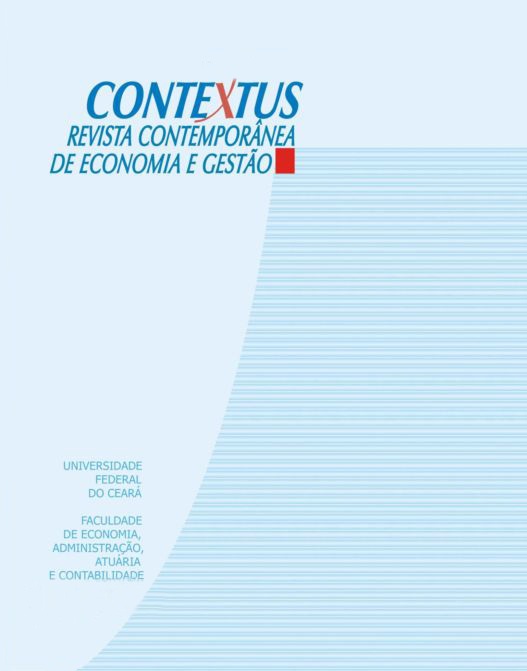VALE-PRESENTE: COMO FICA A DIMENSÃO SIMBÓLICA DO ATO DE PRESENTEAR?
DOI:
https://doi.org/10.19094/contextus.v10i1.239Keywords:
Vale-presente, Simbolismo, Comportamento do consumidorAbstract
Verificando o surgimento de um novo formato de presentear – o vale-presente, buscou-se resposta para a seguinte pergunta de pesquisa: a crescente utilização do vale-presente indica uma tendência de redução do simbolismo do ato de presentear? A metodologia utilizada foi a grounded theory, por meio de entrevistas com 17 pessoas em duas cidades do interior de Minas Gerais. Como resultado de pesquisa, foram extraídas as seguintes categorias: um presente que é a sua cara, a reciprocidade, o simbólico por excelência, o senhor e o escravo, o vale-presente. Os resultados evidenciam que o ato de presentear, mesmo com a crescente utilização do vale-presente, continua sendo um ato predominantemente simbólico. O vale-presente, mesmo não tendo boa aceitação entre a maioria dos entrevistados, foi considerado apropriado para determinados contextos. Os resultados contribuem com elementos teóricos da antropologia para um melhor entendimento do comportamento de presentear.
Downloads
Published
How to Cite
Issue
Section
License
The authors, while doing the submission, accept the notice below:
We authors hold the copyright related to our paper and transfer Contextus journal the right for the first publication with a Creative Commons’ international license of the modality Attribution – Non-commercial 4.0, which in turn allows the paper to be shared providing that both the authorship and the journal’s right for initial release are acknowledged.
Furthermore, we are aware of our permission to take part in additional contracts independently for non-exclusive distribution of the version of our work published in this journal (e.g. publishing it in an institutional repository or as a book chapter), while acknowledging both the authorship and the journal’s initial publication.
We also certify that the paper is original and up to this date has not been released in any other journal, Brazilian or of another nationality, either in Portuguese or another language, as well as it has not been sent for simultaneous publication in other journals.
Last, we not only know that plagiarism is not tolerated by Contextus but also certify the paper presents the sources of passages from cited works, including those authored by ourselves.









3.png)


1.jpg)



1.jpg)


1.jpg)






.jpg)



1.jpg)

1.jpg)


1.jpg)

1.jpg)
1.jpg)
2.png)




1.jpg)
2.jpg)

1.jpg)





1.jpg)


1.jpg)
1.jpg)
